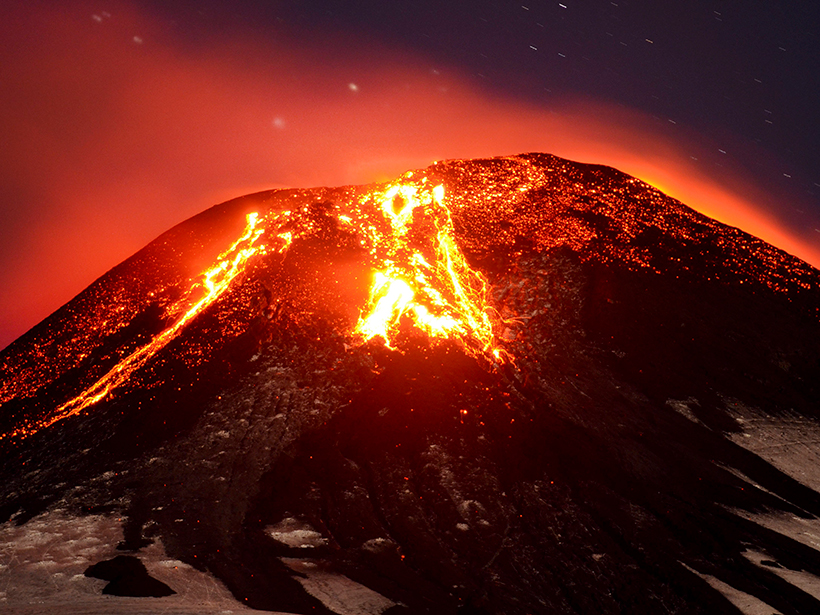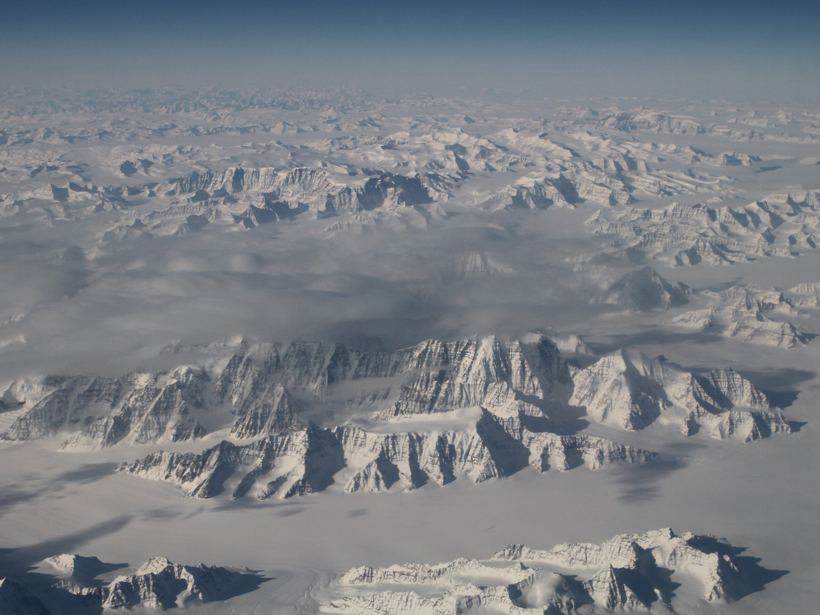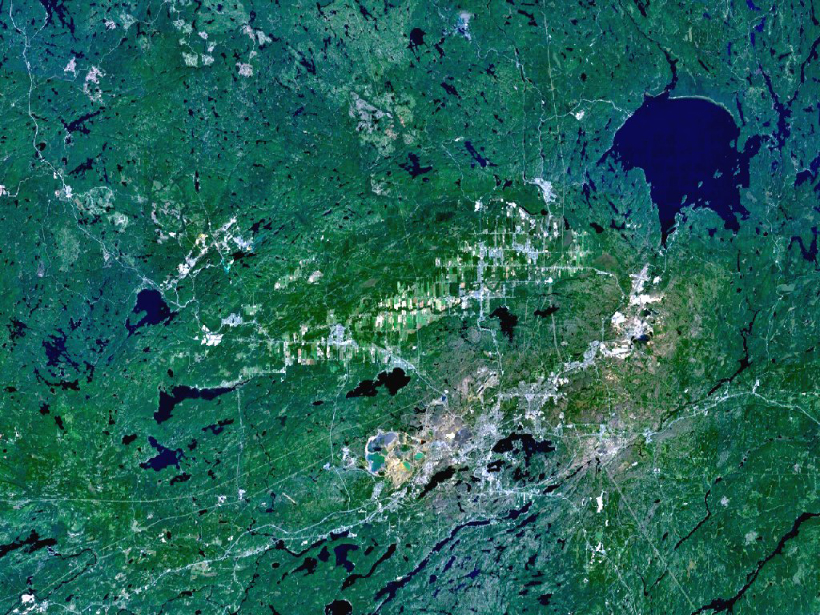A recent volcanic eruption near Tonga in the southwest Pacific created a new island, giving scientists a rare opportunity to explore the volcanic record of this remote region.
volcanoes
Can Volcanic Gas Levels Predict an Eruption?
Researchers test whether the changing composition of volcanic gas can signal a coming eruption in Chile’s Villarrica volcano.
An Autonomous Boat to Investigate Acidic Crater Lakes
A novel aquatic drone ventured into highly acidic waters to test the feasibility of remotely exploring and surveying hazardous volcanic lakes.
A Volcanic Trigger for Earth’s First Mass Extinction?
Abnormally high levels of mercury in Ordovician rocks may imply that a huge surge of volcanism took place at a time when much of the planet’s ocean life vanished.
Ancient Impact May Have Triggered Long-Term Volcanic Eruptions
Scientists revisit Canada’s Sudbury crater in light of new evidence from other planets that suggests an alternative postimpact history.
Understanding Kamchatka’s Extraordinary Volcano Cluster
An international seismological collaboration in Kamchatka, Russia, investigates the driving forces of one of the world’s largest, most active volcano clusters.
An Improved Model of How Magma Moves Through the Crust
Researchers have developed a new numerical model that can, for the first time, solve for both the speed and the path of a propagating dike.
What Led to the Largest Volcanic Eruption in Human History?
A mineral-dating project at the Toba caldera in Indonesia sheds light on the science of supereruptions.
“Fingerprinting” Volcanic Tremors May Help Forecast Eruptions
Volcano seismic waves produce distinct tremor patterns, or "fingerprints," shared by different kinds of volcanoes.
Balloons of Lava Bubble into the Ocean from Seafloor Blisters
These peculiar features of submarine volcanic eruptions could be the result of undersea lava lakes.










